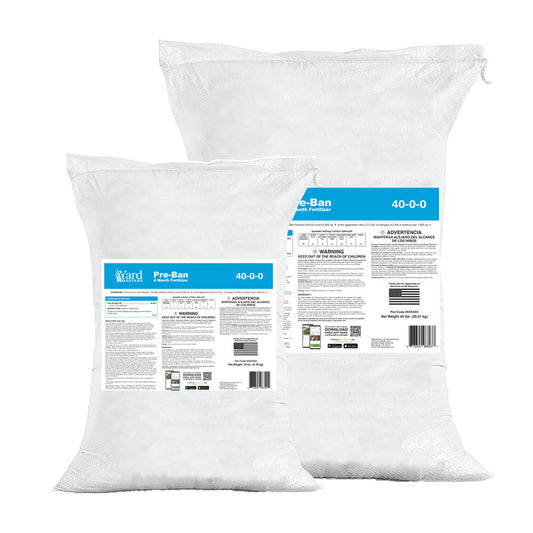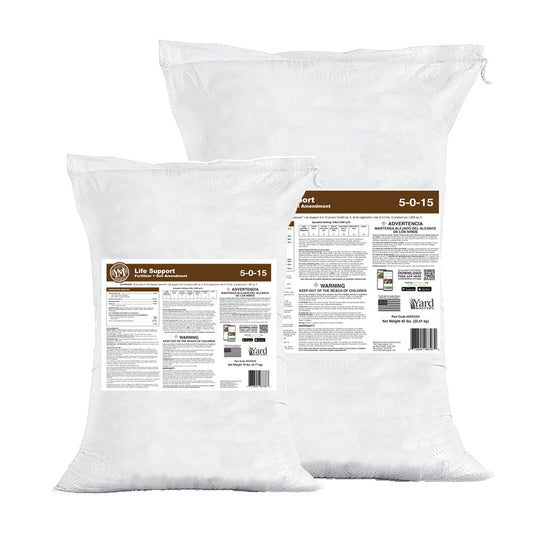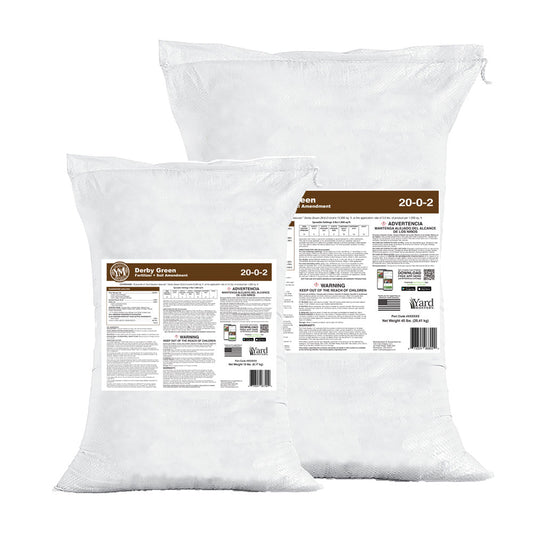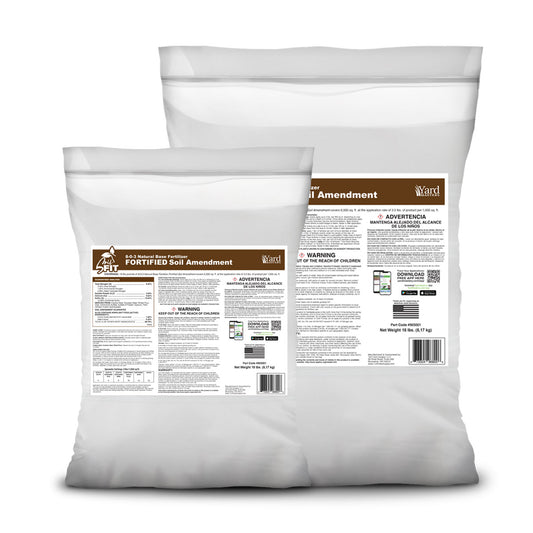I think we are past all that now, even for you guys. It’s time to run!
That said, before we do anything too crazy, make sure you get your irrigation plan in order. That starts with knowing when your “rainy season” typically begins and ends.
For me in Florida, the rainy season is May-September for the most part. If you’ve ever been here in summer, you know that it rains pretty much every afternoon for about 30-45 minutes. We also get passing “sun showers” throughout good portions of the early afternoon. That’s our rainy season and our grasses love it! Summer here is great for grass but not for tourists who can’t handle the humidity!
Knowing when your rainy season is can go a long way in helping you keep up with your watering.
So we should be in the rainy season right now, but we are not. In fact, we are in a moderate drought across much of central and south Florida. (I use this state drought website to track and you can too)

Knowing how you have been sitting all spring can help you as you move into summer. Lawns in Florida that have not been properly watered throughout his dry spell are going to enter the summer weaker which means decreased resistance to insect and disease pressure. Lawns that have lagged will also be facing more pressure from weeds that have out-competed them.
No matter where you sit, rainy season or dry season, mild conditions or drought, work on your irrigation plan now. Here is a video that shows you how I set up mine.
Take Advantage of Growth Habits
Warm season turf is a slow starter in spring. If you have bermuda grass, you for sure have experienced its ability to start slow. It feels like it takes forever to green up, but once it does, it’s unstoppable.
Zoysia and St Augustine are similar. On the flip side, Centipede and Bahia can be quite slow. But that’s ok because summer is our time to run! Remember the warm season turf growth calendar?

We are finally through that long spring ramp and ready to push roots, rhizomes and stolons. Remember, our grasses are aggressive and can take ground by sending out runners everywhere. This is what makes a warm season lawn thicker and a thicker lawn is your best defense against weeds.
Encouraging rhizome and stolons (runners) also is what makes our grasses self-repairing meaning they can take over and fill in bare spots all on their own, no overseeding needed.
But in order for this to happen, you have to fuel it. And you know what that fuel is?
Nitrogen Drives The Bus
Nitrogen is what fuels the growth and spreading of runners and roots. Couple that with frequent mowing and you have a strategy that will produce a dense, tight turf matt that will dominate!
I like to apply ¾ lb of nitrogen every 4-5 weeks during the growing season. Here in Florida I’ve been doing that since February but that is because we have a much quicker start being so far south.
For the rest of you, NOW is the time to get that nitrogen train of terror moving down the track. Apply your Flagship Fertilizer and get it watered in.
Have NO Fear
Are you scared to fertilize your lawn in summer? Do you think there is a chance you could burn something?
You’re not alone if you feel that way, so I made a video to help you get over this fear using some real world illustrations, check out the Lawn Burning Myths video here.
If you can get over the fear of burning the lawn and get our fertilizer down every 4-5 weeks here during summer, your bermuda grass, zoysia, St Augustine and Cuentipede grass and Bahia grass too - they will all run and get thicker - but the key is to utilize that rainy season (and your irrigation) to keep it hydrated along the way!






